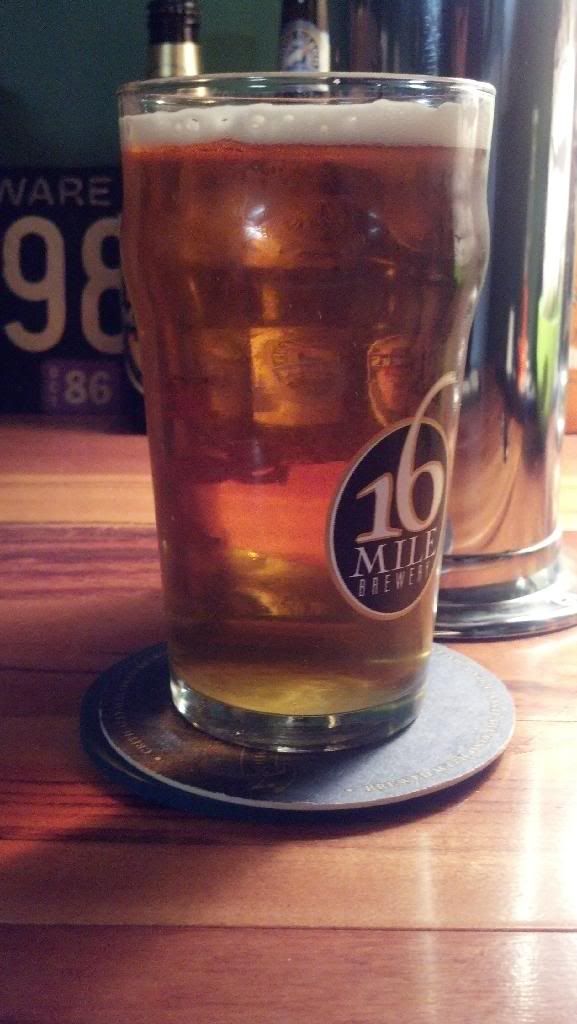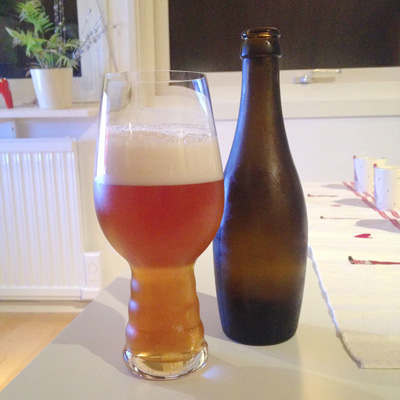I almost never secondary anymore. I dry hop this, and most of my hoppy beers in the keg with a nylon hop bag. The hop bag stays in there from the time I seal up the keg after racking, until the keg kicks, though I rarely have a keg of this last longer than a month.
Hi Jukas,
Can i ask if you add the hops before you chill in the keg? The reason i ask is that the Pliny clone Vinnie gave out has the hops sitting at 70 fahrenheit for 10 days before chilling







